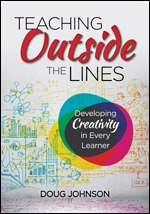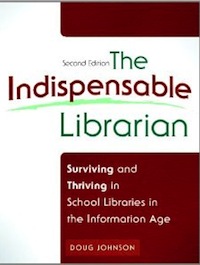Trained or educated?
 Tuesday, April 9, 2024 at 09:56AM
Tuesday, April 9, 2024 at 09:56AM
Don’t worry if your job is small and your rewards are few. Just remember that the mighty oak was once a nut like you. Bullwinkle J. Moose
A couple weeks ago, I volunteered at a local food shelf. What I thought would be a food packing job turned out to be a shelf cleaning task. Despite being neat, I do not like to clean. I hire a cleaning person to dust, vacuum and scrub my townhouse. So when I was handed rags and a bottle of cleaning solution, I cried out, “I am a manager, not a worker!” But like my fellow Rotarian volunteers, I still pitched in and cleaned the shelves on which the food stuffs were stored.
I thought of this incident when reading: “ What’s that degree going to be worth? Star Tribune, March 22, 2024. The opinion piece tells about a new online tools students can use to help determine what specific college programs might eventually provide in terms of income. Liberal arts degrees, as one might predict, did not fare very well.
What I believe the tool does not take into consideration is that a good liberal arts degree, especially one which emphasizes communication skills, may not initially provide the creds for a high paying job, but may well lead to one as careers progress. Good communication skills (and developed empathy) are the hallmarks of a good manager.
I suggest to my grandsons - both engineering/math geniuses - that it is not the best worker (engineer, teacher, mechanic, nurse, etc.) that gets ahead, but the person who is able to manage and lead good workers and so create an effective workplace. Goal setting, project management, problem resolution, budgeting, evaluations are done by educated people - not trained people.
When people learn that I was a technology director for 28 years, they often hit me with a “tech problem” they might be having. Beyond advising unplugging a device and plugging it back in, I usually have little advice to give. I admit that as a manager, I helped organize and direct skilled technicians, but I was not one myself. And I was happy with that career.
Yes, a specific technical degree might help you get a good job right out of college. And maybe that entry level position will be everything you want in a job for the rest of your career. But for many of us, stretching our skills and responsibilities leads to a more interesting, and often more financially and psychologically, fulfilling vocation.








